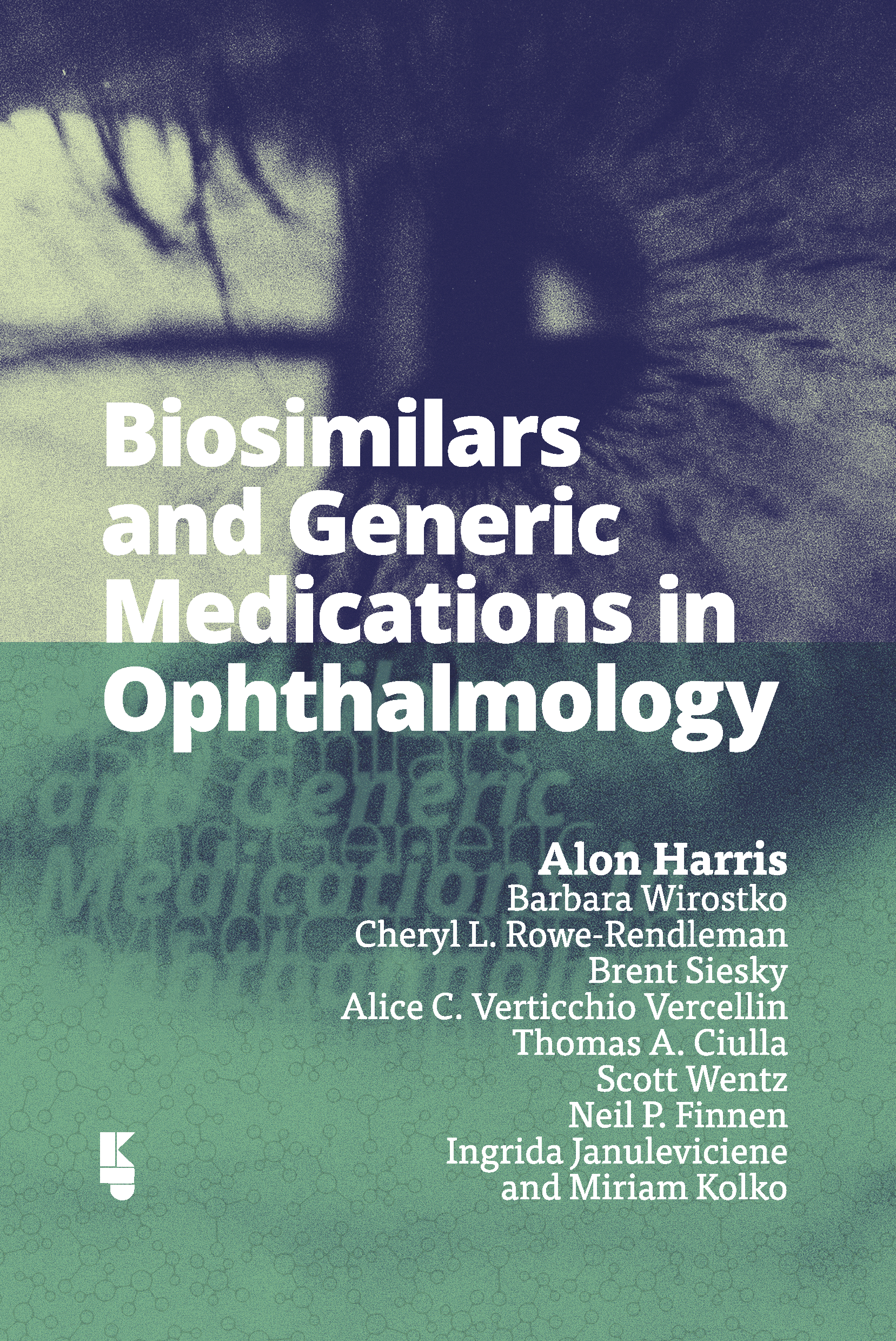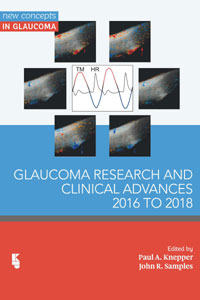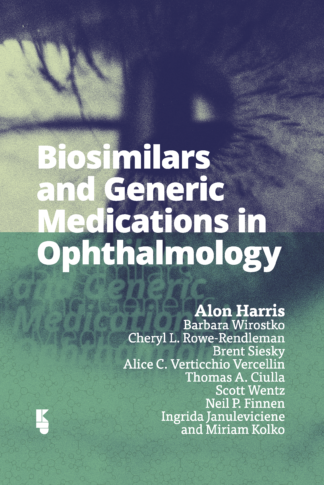Generic drugs are currently being promoted globally as substitutes for brand-name drugs. The substitution may be generated from the medical provider, the patient, the pharmacist, and/or the third-party payer. The appeal for the substitution is generally the cost. Generic drugs are often substantially cheaper than their brand-name counterparts, thus imparting cost savings to the payer, patient, and the healthcare system. In addition to decreased cost, makers of generic drugs help to increase access. After the patent of an innovative or branded drug has expired, manufacturers are free to provide the market with various competitive generic formulations of that drug. Although generic and brand-name medicines share the same active ingredient, other characteristics, such as colors and certain excipients, that do not affect the performance, safety, or efficacy of the generic medicine, may be different. This substitution can often occur unbeknownst to the health-care provider or the patient. Given that the understanding and knowledge base differs by each party involved, whether it is the prescriber, payer, and/or patient, the perceived benefits and risks may also differ. Generics are not required to have the same excipients or inactive ingredients as branded medication. Differences in the size of drug particulates and pH can change its pharmacokinetics and distribution in tissues. Different inactive ingredients and preservatives can alter penetration, absorption and availability of the active agent at the site of action. The end results are very different perspectives and opinions.
Generic drugs must be comparable in terms of the quality and quantity of the active ingredients that support the reference listed drug (RLD) or corresponding branded drug. The resulting generic drug product is produced and distributed without the marketing exclusivity of the RLD.
Drug manufacturing is a multibillion-dollar industry with sales of over $450 billion in 2016.2 In the same year, total prescriptions dispensed reached 4.5 billion; the generic prescriptions were nearly 3.9 billion, accounting for 89% of total prescriptions, and for only 26% of total drug costs in the US. Generics can come to the market after the patent life has expired on the branded product. Many of the drugs in the U.S. Food and Drug Administration’s (FDA) Approved Drug Products With Therapeutic Equivalence Evaluations (commonly known as the Orange Book), a book which lists drugs that have been approved by the FDA with respect to safety and efficacy, have generic counterparts. Generic drug development reduces medication prices by increasing competition. Following the entry of a generic drug to the market, its branded counterpart may be expected to lose on average about 50% of its market share after three months and 80% after one year. According to the Association for Accessible Medicines, generic drugs saved the U.S. health care system $1.67 trillion from 2007 to 2016, and generated $253 billion in savings in 2016. Medicare savings amounted to $77 billion ($1,883 per enrollee) and Medicaid savings of $37.9 billion ($512 per enrollee). Thus, generic drugs play a significant role in the pharmaceutical industry.
The creation of branded innovator drugs and limitations on exclusivity through patent law has been prerequisite for the generic drug market to exist. In 1994, the Uruguay Round Agreements Act was signed into law and set the patent terms of novel drugs to 20 years after the first date of filing. Generic versions of drugs can be produced and marketed by other manufacturers once the patents and periods of exclusivity have expired. Protecting a branded drug through regulation such as “patent term adjustment” or “patent term extension” is a means of ensuring appropriate compensation for the immense costs of drug discovery. Manufacturers of branded compounds may often try to extend patent life by changing formulation and or expanding the indication to include pediatric use which can extend a patent life for an additional six months. In some cases, such as for pediatric and rare diseases or patent office delays the patent terms of a new drug may be adjusted to longer than 20 years. In fact, some novel drugs are granted additional periods of exclusivity that range from six months for pediatric uses to seven years for orphan drugs during which generic drugs are not allowed to be marketed.
In a 2003 report the Tufts Center for the Study of Drug development estimated the average cost of developing a new drug, including studies that are required to be conducted following regulatory approval at $897 million. A newer study conducted in 2014, indicated the costs at $2,558 million. Because brand name drugs require so much capital to develop, they are marketed at significantly higher prices than their generic counterparts.
The Hatch-Waxman Act of 1984 authorized the FDA to approve generic drugs without requiring manufacturers to repeat, to the same extent, the safety and efficacy clinical studies done by the innovator. Generic drug manufacturers can reference the preclinical and clinical data from the previously approved branded drug for drug approval, and must demonstrate that the intended generic product is pharmaceutically and biologically equivalent to the branded drug.
Generic drug development involves several competing interests. Brand-name drug companies, generic drug companies, regulatory agencies, clinicians, pharmacists, third-party payers, and patients are all stakeholders with diverse opinions and objectives regarding generic drugs. Some brand-name drug manufacturers thwart competition by suggesting that a generic contender is not sufficiently equivalent. Others ensure their continued share of the market by creating and manufacturing their own generic brands, which are often the actual branded drug formulation with a generic label. With an increasing incidence in chronic diseases, stakeholders should favor generic drugs if equal efficacy and safety could be presumed. Federal and country agencies try to maintain fairness in the drug-manufacturing industry and above all ensure patient safety. Clinicians and pharmacists want to use their expertise and judgment in the selection of drugs. Patients desire access to safe, effective, and less-expensive medication. Thus, the generic drug industry involves several players with perspectives and motivations that may sometimes be at odds with one another.
In this book, we present this history of generic drug development, FDA and European Medicines Agency (EMA) requirements for generic drug entry, a comparison of generic and branded drugs, concerns around generic ophthalmic drugs, the issues of costs of generics and branded drugs, and issues as well as perceptions regarding the clinical use and acceptance of generic drugs among the patients, prescribers, and pharmacists. In addition to the previous edition, a chapter has been added about biosimilars.
Introduction
Contributors
1. What is a Generic Drug? Definitions and Regulatory Approaches
1.1 World Health Organization (WHO)
1.2 The regulatory approach to generic drugs
1.2.1 United States
1.2.2 European Union
1.2.3 Canada
2. History of Generic Drugs
2.1 History of drug legislation in the United States
2.2. History of generic drugs in Europe
3. Comparison of Generic to Branded Drugs
3.1. Comparison of generic to branded systemic drugs
3.2. Branded and generics physical characteristics
3.3. Concerns regarding generic ophthalmic drugs
3.4 Factors affecting bioavailability in the eye
3.5. Drug penetration barriers
3.6. Comparison of generic to branded ophthalmic drugs
3.7. Generic drugs in glaucom
3.8. Final considerations
4. Biosimilars in Ophthalmology
4.1. Introduction
4.2. Regulatory process
4.3.Anti-vascular endothelial growth factor (VEGF) therapy
4.4. Anti-tumor necrosis factor-alpha (anti-TNF-α) theraphy for non-infectious uveitis
4.5. CD20 inhibitors for use in PVRL
5. The Issue of Cost
5.1. The impact of generic medication
5.2. Medicare and Medicaid
6. Various Perceptions and Perspectives on Generic Drugs
6.1. Patients’ perspectives
6.2. Impact of poor patient acceptance
6.3. Physicians’ perspectives
6.4. Pharmacists’ perspectives
7. The Future of Generic Drugs
8. References





